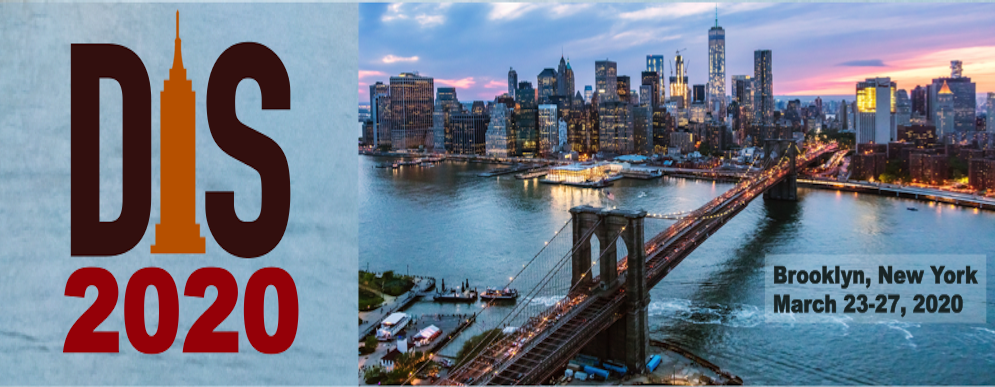Speaker
Description
We calculate the single transverse spin asymmetry (STSA) in polarized proton-proton and polarized proton-nucleus collisions ($A_N$) generated by a partonic lensing mechanism. The polarized proton is considered in the quark-diquark model while its interaction with the unpolarized target is calculated using the small-x/saturation approach [1], which includes multiple rescatterings and small-x evolution. The phase required for the asymmetry is caused by a final-state gluon exchange between the quark and diquark, as is standard in the lensing mechanism of Brodsky, Hwang and Schmidt [2]. Our calculation combines the lensing mechanism with small-x physics in the saturation framework. The expression we obtain for the asymmetry $A_N$ of the produced quarks has the following properties: (i) The asymmetry is generated by the dominant elastic scattering contribution and $1/N_c^2$ suppressed inelastic (color quadrupole) contribution (with $N_c$ the number of colors); (ii) The asymmetry does not fall off with the produced quark's momentum $p_T$ until the momentum reaches the saturation scale $Q_s$, and then only falls off as $1/p_T$ for larger momenta; (iii) The asymmetry decreases with increasing atomic number $A$ of the target for $p_T$ below or near $Q_s$, but is independent of $A$ for $p_T$ significantly above $Q_s$. We discuss how these properties may be qualitatively consistent with the data on $A_N$ published by the PHENIX collaboration [3] and with the preliminary data on $A_N$ reported by the STAR collaboration [4].
\newline
[1]. Iancu, E., Venugopalan, R. (2003), The color glass condensate and high energy scattering in QCD, in \emph{Quark Gluon Plasma}, World Scientific.
\newline
[2]. S. J. Brodsky, D. S. Hwang, and I. Schmidt, Phys. Lett. B530, (2002).
\newline
[3]. C. Aidala et al. (PHENIX Collaboration), Phys. Rev. Lett. 123, (2019) 122001.
\newline
[4]. S. Heppelmann (STAR Collaboration), Preview from RHIC Run 15pp and pAu Forward Neutral Pion Produc-tion from Transversely Polarized Protons, in \emph{Proceedings,7th International Workshop on Multiple Partonic Interactions at the LHC}, (2016) p. 228.

